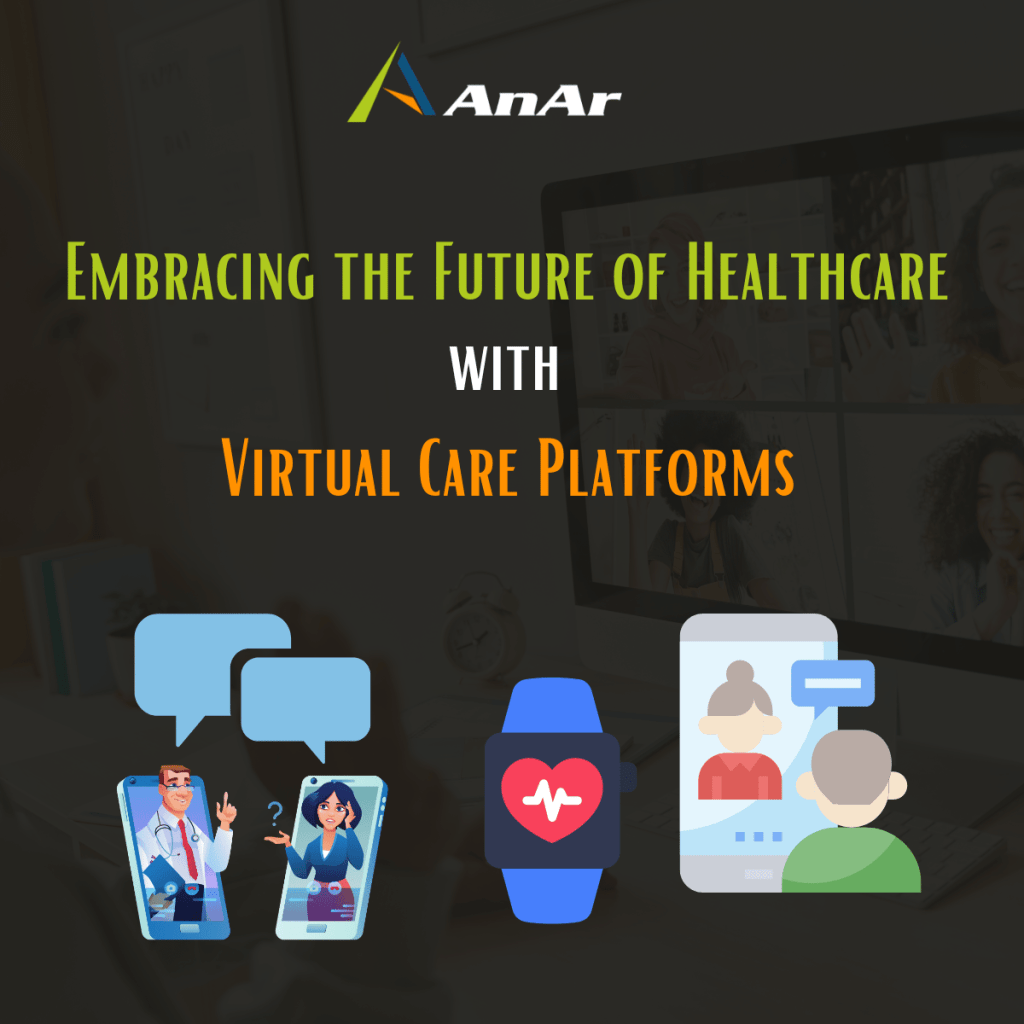Key to Platform engineering Services

People
Providing talent with a silo-free work environment and recognizing them as the most crucial component of the firm works wonders. Strategic sourcing and skill development are two of our specialties.



Metrics
The correct development life cycle metrics are what determine the customer value. We assist clients in selecting the appropriate measures to gauge their progress and regularly incorporate comments as input for better results.
Portfolio Services
Insights on Product Innovation and Strategy Services
- HIMSS 2024 Through Our Lens: AnAr Solutions on the Forefront of InnovationEmerging from HIMSS 2024, AnAr Solutions shares a vision for a healthcare landscape transformed by AI, where technology enhances rather than replaces the human touch in patient care.
- Embracing the Future of Healthcare with Virtual Care PlatformsVirtual care platforms are emerging as the transformative force shaping the future of healthcare delivery, offering convenient, accessible, and personalized care.
- How do we enhance healthcare data protection? – A strategic approach!Discover the critical steps healthcare providers can take to protect patient data against rising cyber threats. From encryption to third-party risk management, learn how to build a robust defense.
FAQ
What is Rapid Application Development (RAD)?
Rapid Application Development (RAD) is a development approach that puts quick feedback and rapid prototyping ahead of lengthy development and testing cycles. It has emerged as a significant trend in the field of software development since it allows programmers to swiftly iterate and update a piece of software without having to start from scratch each time. This makes it possible to guarantee that the outcome will be more quality-focused and will meet the needs of the end customers.
When is it appropriate to employ the rapid application development methodology?
You can employ Rapid Development Methodology in these 3 cases:
- When you can use your user base to test your prototypes reliably
Rapid application development (RAD) is an excellent approach to use if you have a group of users who can provide regular and trustworthy feedback on the prototypes you create. Reliable input from trustworthy sources can be very beneficial because prototypes created using the rapid application development paradigm depend on the feedback from earlier iterations.
- When you have enough development budget to hire new talent
Rapid application development (RAD) is typically inexpensive when compared to other development techniques, however, there are several situations when RAD might be costly. When you hire talented employees, you must pay them a fair wage. The upside is that if you have the employees, you can complete the idea much more quickly than with alternative models.
- When you require a project to be completed quickly
Rapid application development is your greatest option if you're on a strict timeline. Choosing a RAD platform may be the best option if you are under pressure to provide something that works. Rapid application development software is your best option if you don't have the time to go through a lengthy application design and planning process.
What are Connectors for Integration? or What is a Middleware?
With the aid of integration connectors, enterprises can connect directly to the APIs of the platforms they want to use.
The connectors reside between the two APIs, or you might say that the APIs are the ends of the connectors. Whether or not there was a direct form of connection between the two apps/solutions, the connectors take the data from one and process it such that it is comprehensible and accessible in the other.
Most integration platforms include out-of-the-box integration connectors that allow you to simply connect to and integrate with services and data sources. Connectors can be used to do the following:
- Data can be sent to or received from packaged applications or databases.
- APIs can be used to send or receive data from SaaS applications; some connectors can supply data in streaming formats or bulk.
- Use B2B standards such as SWIFT to send or receive data from partners.
- Communicate with IoT devices or get data from them.
A company can connect with well-known Marketing Automation solutions, ERP (Enterprise Resource Planning) software, EAS (Enterprise Application Software), SaaS (Software as a Solution) platforms, eCommerce platforms, Customer Relationship Management, social applications, and others to integrate business processes with the help of connector integration.
For example - If a Salesforce to JIRA integration is not available, you can still integrate the two using a connector that provides full access to the entire capabilities of either Salesforce or JIRA.








